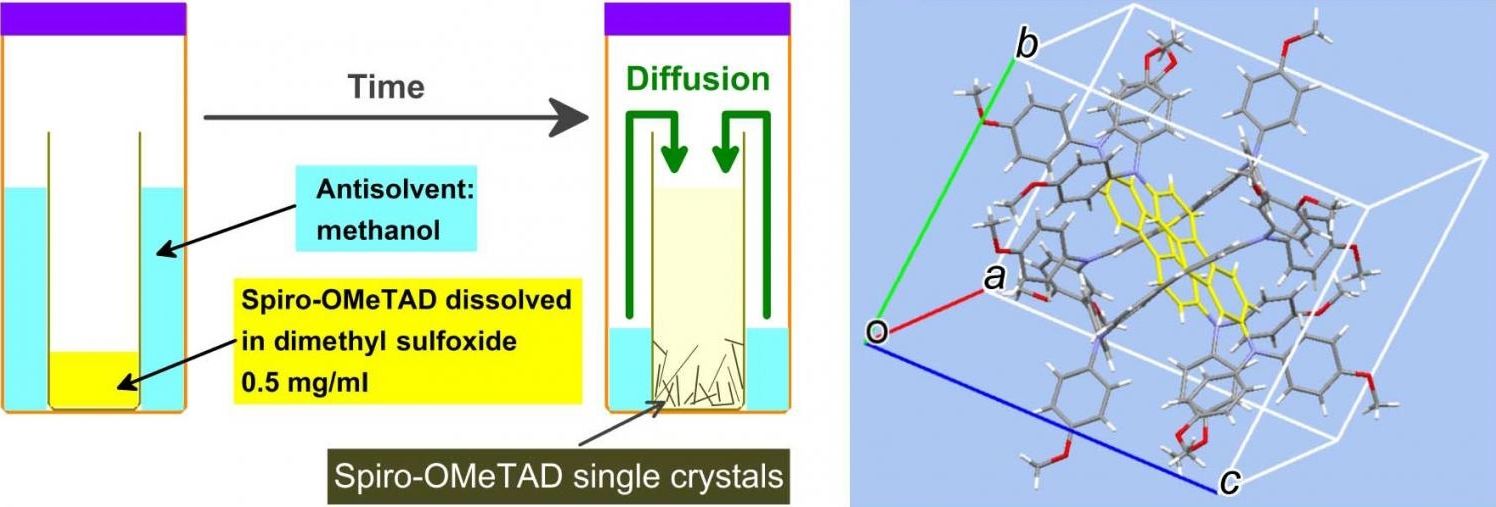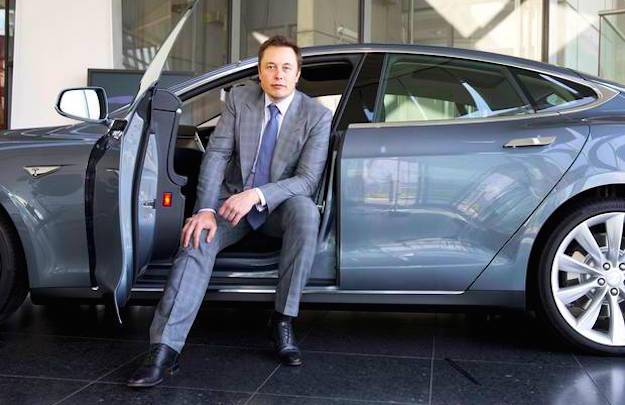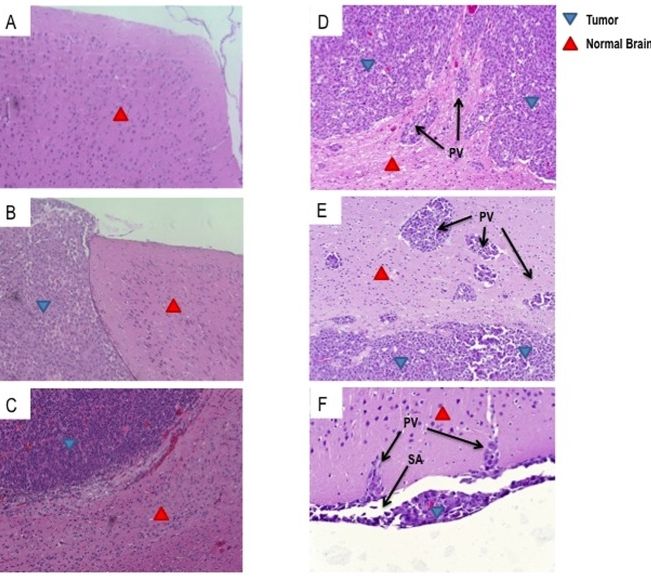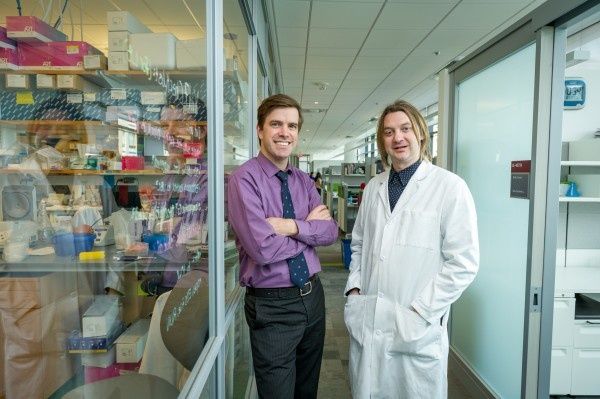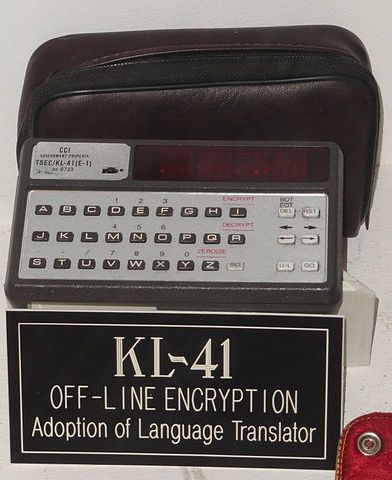A new approach to treating allergies could could not only prevent them, but also strengthen the body’s immune system.
(Phys.org)—For the past 17 years, spiro-OMeTAD, has been keeping a secret. Despite intense research efforts, its performance as the most commonly used hole-transporting material in perovskite and dye-sensitized solar cells has remained stagnant, creating a major bottleneck for improving solar cell efficiency. Thinking that the material has given all it has to offer, many researchers have begun investigating alternative materials to replace spiro-OMeTAD in future solar cells.
But in a new study published in Science Advances, Dong Shi et al. have taken a closer look at spiro-OMeTAD and found that it still has a great deal of untapped potential. For the first time, they have grown single crystals of the pure material, and in doing so, they have made the surprising discovery that spiro-OMeTAD’s single-crystal structure has a hole mobility that is three orders of magnitude greater than that of its thin-film form (which is currently used in solar cells).
“This paper reports a major breakthrough for the fields of perovskite and solid-state dye-sensitized solar cells by finally clarifying the potential performance of the material and showing that improving the crystallinity of the hole transport layer is the key strategy for further breakthroughs in device engineering of these solar cells,” Osman Bakr, a professor of engineering at King Abdullah University of Science and Technology (KAUST) in Saudi Arabia and leader of the study, told Phys.org.
Kinetic Wave Power Station
Posted in energy
While speaking at a transport conference in Norway this week, Elon Musk articulated that Tesla’s plan to revolutionize the transportation industry is much broader and more ambitious than initially assumed. In other words, if you thought Tesla’s master plan to usher in an EV revolution was going to end once the Model 3 hit mass production, think again.
DON’T MISS: One video and the story behind it tell you everything you need to know about Prince
Far from it, Tesla is just getting started. Not only have we heard reports that Tesla is eyeing a crossover vehicle based on the Model 3, Musk has also suggested that a Tesla pickup truck might also be a possibility later on down the line.
Sharing for fellow researchers and others who have interest in GBM news.
Glioblastoma (GBM) is the most common primary malignant brain tumor in adults and is uniformly lethal. T-cell-based immunotherapy offers a promising platform for treatment given its potential to specifically target tumor tissue while sparing the normal brain. However, the diffuse and infiltrative nature of these tumors in the brain parenchyma may pose an exceptional hurdle to successful immunotherapy in patients. Areas of invasive tumor are thought to reside behind an intact blood brain barrier, isolating them from effective immunosurveillance and thereby predisposing the development of “immunologically silent” tumor peninsulas. Therefore, it remains unclear if adoptively transferred T cells can migrate to and mediate regression in areas of invasive GBM. One barrier has been the lack of a preclinical mouse model that accurately recapitulates the growth patterns of human GBM in vivo. Here, we demonstrate that D-270 MG xenografts exhibit the classical features of GBM and produce the diffuse and invasive tumors seen in patients. Using this model, we designed experiments to assess whether T cells expressing third-generation chimeric antigen receptors (CARs) targeting the tumor-specific mutation of the epidermal growth factor receptor, EGFRvIII, would localize to and treat invasive intracerebral GBM. EGFRvIII-targeted CAR (EGFRvIII+ CAR) T cells demonstrated in vitro EGFRvIII antigen-specific recognition and reactivity to the D-270 MG cell line, which naturally expresses EGFRvIII. Moreover, when administered systemically, EGFRvIII+ CAR T cells localized to areas of invasive tumor, suppressed tumor growth, and enhanced survival of mice with established intracranial D-270 MG tumors. Together, these data demonstrate that systemically administered T cells are capable of migrating to the invasive edges of GBM to mediate antitumor efficacy and tumor regression.
Glioblastoma (GBM) is the most common form of primary malignant brain tumor in adults and remains one of the most deadly neoplasms. Despite multimodal therapy including maximal surgical resection, radiation, and temozolomide (TMZ), the median overall survival is less than 15 months [1]. Moreover, these therapies are non-specific and are ultimately limited by toxicity to normal tissues [2]. In contrast, immunotherapy promises an exquisitely precise approach, and substantial evidence suggests that T cells can eradicate large, well-established tumors in mice and humans [3] –[7].
Chimeric antigen receptors (CARs) represent an emerging technology that combines the variable region of an antibody with T-cell signaling moieties, and can be genetically expressed in T cells to mediate potent, antigen-specific activation. CAR T cells carry the potential to eradicate neoplasms by recognizing tumor cells regardless of major histocompatibility complex (MHC) presentation of target antigen or MHC downregulation in tumors, factors which allow tumor-escape from treatment with ex vivo expanded tumor-infiltrating lymphocytes (TILs) [8] and T-cell receptor (TCR) gene therapy [9], [10].
I believe Richard Feynman was one of our greatest scientific minds. He had a very particular way of looking at the world thanks to his father, and it was to look at the world around him as if he were a Martian. Like a fish born into water, it’s hard to actually see water as being water, because it’s all a fish ever knows. And so as humans, it’s a good idea to try and step outside of our usual frame of mind, to see what it is we as humans think and do, from the perspective of a mind totally alien to our everyday environment. With that in mind, here’s what humans are doing right now, from the perspective of someone from far, far away…
What an interesting place and an interesting time it is for a visit. Earth’s most intelligent primates are busy creating technologies that allow them all to do less work, freeing themselves from millennia of senseless toil and drudgery. Strangely, however, they are using such technologies to force each other to work longer and harder. In one area called the United States, responsible for so much of the world’s technological innovation, at a time when productivity has never been higher, the number of hours spent working for others in exchange for the means to live is now just shy of 50 hours per week, where it was once 40 and soon supposed to be 20 on its way to eventually approaching zero.
Humans are even performing work that doesn’t actually need to be done at all, even by a machine. One of the craziest examples of such completely unnecessary work is in Europe where an entire fake economic universe has been created under the label of “Potemkin companies” like Candelia.
A simple blood test can rapidly and accurately detect mutations in two key genes in non-small cell lung tumors, researchers at Dana-Farber Cancer Institute and other institutions report in a new study – demonstrating the test’s potential as a clinical tool for identifying patients who can benefit from drugs targeting those mutations.


